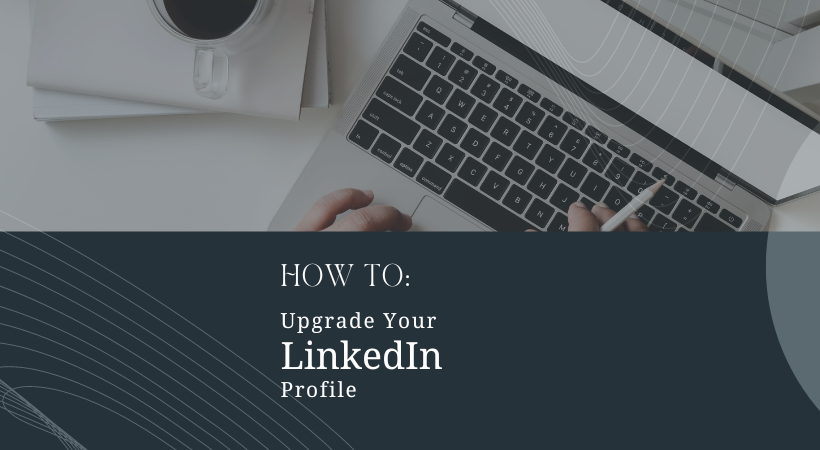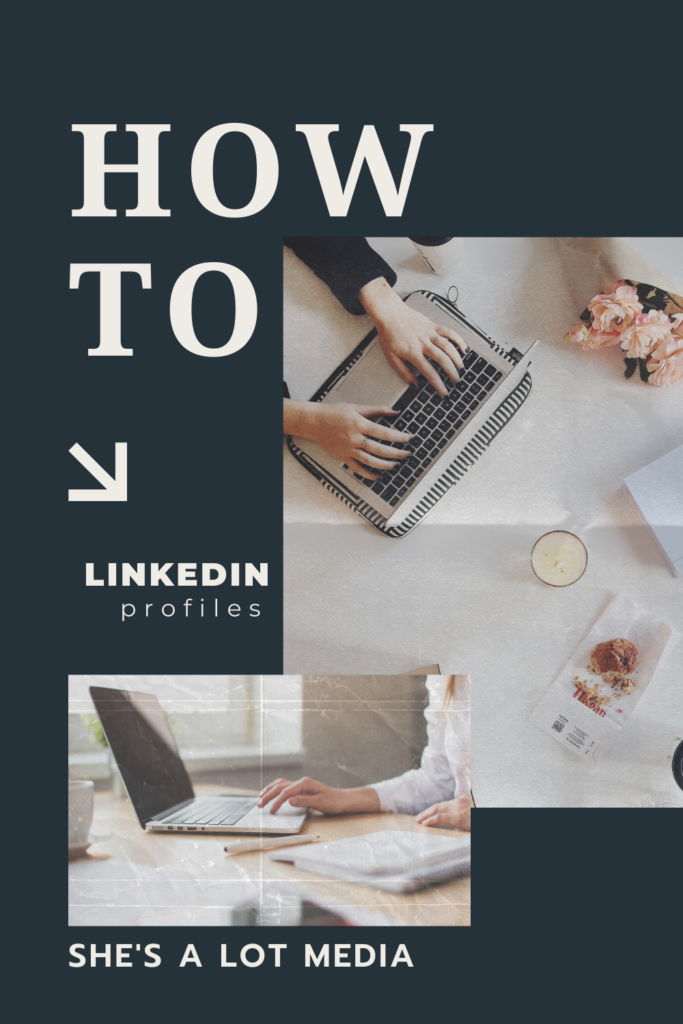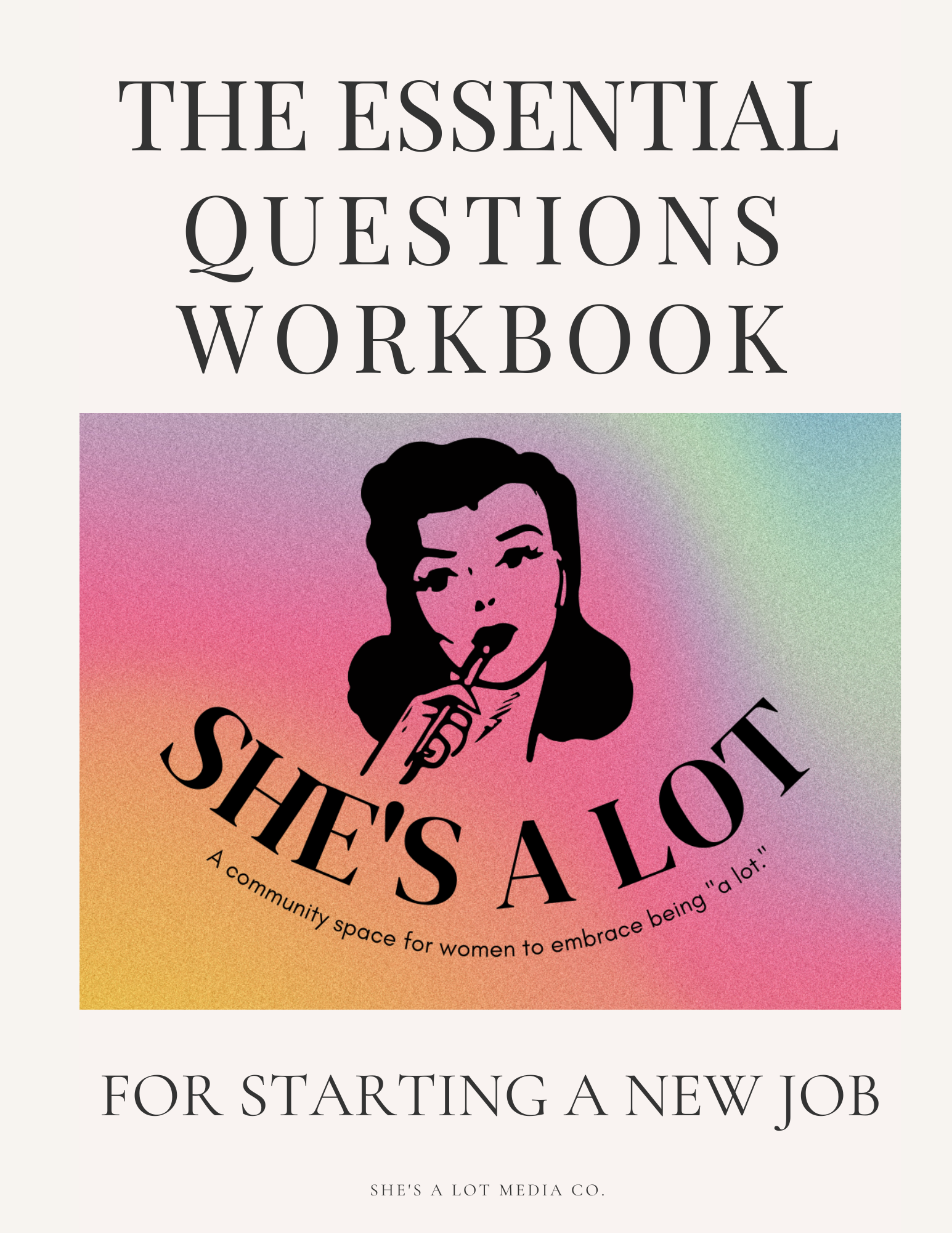
Eight people are hired through LinkedIn every minute. However, there are 101 job applications submitted every second on LinkedIn. While LinkedIn is an incredible tool for building your professional network and advancing your career, not everyone knows how to use it effectively. For this reason, learning about LinkedIn profile optimization is crucial to make you stand out to recruiters and help you position yourself as a thought leader.
This article will explore tips and strategies for LinkedIn profile optimization to showcase your skills, accomplishments, and unique value proposition. Whether you’re a college student looking for your first internship or a young professional seeking to advance your career, these tips will help you create a compelling LinkedIn presence that sets you apart.
Is LinkedIn still relevant in 2023?
LinkedIn remains the world’s largest professional network, with over 740 million members in more than 200 countries and territories. It’s a platform where college students and professionals can connect, build their brands, and discover new job opportunities.
Post-pandemic, LinkedIn and LinkedIn profile optimization is more relevant than ever. COVID-19 accelerated the adoption of remote work and virtual networking, making online platforms like LinkedIn a lifeline for professionals who can’t be in person.
Overall, LinkedIn’s strong user base, ongoing innovation, and relevance in the current professional landscape suggest that it will continue to be a valuable platform for professionals in 2023 and beyond.
Why does your LinkedIn profile matter?
Your LinkedIn profile offers three chief benefits that make it important for growing your career:
- Professional networking. LinkedIn is a powerful platform for networking with other professionals in your industry. It enables you to connect with colleagues, peers, and successful individuals in your industry and likewise enables them to find you.
- Job searching. Many companies and recruiters use LinkedIn to find potential candidates for job openings. Subsequently, you can increase your chances of being discovered by potential employers with a strong profile and network.
- Establishing your personal brand. LinkedIn allows you to showcase your skills, experience, and accomplishments to a wide audience. Keeping your profile updated can help you establish your personal brand and build credibility in your industry.
LinkedIn is important for professionals looking to build their networks, advance their careers, and stay informed about their industries. Accordingly, an optimized profile is key to making LinkedIn work for you without having to do all the manual work of finding networking opportunities.
How do you stand out on LinkedIn?
Because there are so many LinkedIn users, trying to stand out in your industry may feel overwhelming. Optimizing your LinkedIn profile is the first step to improving your chances of standing out. Therefore, you should ensure your LinkedIn profile is complete and up-to-date and highlights your skills, accomplishments, and what makes you unique and valuable to employers. Keeping track of work accomplishments can help you easily update your profile.
To further position yourself as a leader and engaged industry member, share relevant and valuable content. Also, try to engage with other users by commenting and liking their posts and participating in relevant groups and conversations. However, consistency is key, so ensure you regularly contribute to the platform and build relationships with other users.
Additionally, as you engage with others, you should build your network strategically. Connect with people in your industry, field, or area of interest, and personalize your connection requests to make a strong first impression. Be intentional about who you connect with and why, and consider building relationships with influencers or thought leaders who can help you advance your career.
9 LinkedIn Tips for LinkedIn Profile Optimization
Optimizing your LinkedIn profile can help you stand out to potential employers and improve your networking and career opportunities. Here are some tips for optimizing your LinkedIn profile:
- Use a professional photo. Your LinkedIn profile picture should be a clear, high-quality headshot with a plain background.
- Write a compelling headline. Your headline should summarize your professional experience and skills and include keywords relevant to your industry to make your profile more searchable.
- Customize your URL. Customize your LinkedIn URL to include your name.
- Write a strong summary. Your summary should summarize your experience, skills, and achievements. It should also include any relevant keywords to make your profile more searchable.
- Highlight your experience. Your work experience section should include job titles, descriptions, and achievements. Use bullet points to make your accomplishments stand out.
- Link any other material. This can be your resume, a link to your portfolio, your blog, or a project you’re particularly proud of. Uploading work samples to LinkedIn is a great way to showcase your work to potential employers.
- Add skills and endorsements. List your skills and ask for endorsements from colleagues or connections. This can improve your credibility and make your profile more visible in search results.
- Share content. Share articles, videos, or other content related to your industry to establish your expertise and make your profile more engaging.
- Be active. Engage with other LinkedIn users by commenting on posts, sharing content, and reaching out to new connections. This can help expand your network and improve your visibility on the platform.
Your profile is a great place to give some background that may not be apparent in your list of experiences, explain why you do what you do, elaborate on your passions, and just show that you’re not a robot.


LinkedIn Profile Optimization FAQ
How Do You Write a Good Summary?
Writing a good summary is important for LinkedIn profile optimization and making a strong impression on potential employers or clients. Here are some tips for writing a great summary:
- Keep it concise. Your summary should be no more than 3-5 paragraphs long. Use short, clear sentences and avoid unnecessary details.
- Use a strong opening. Your first sentence should grab readers’ attention and encourage them to keep reading. Use an interesting fact, accomplishment, or statement about your skills or experience.
- Highlight your strengths. Your summary should focus on your unique skills, experience, and accomplishments. Use keywords relevant to your industry to make your profile more searchable.
- Be specific. Use concrete examples to demonstrate your experience and accomplishments. Instead of saying you “managed a team,” for example, say you “led a team of 10 employees to exceed sales targets by 20%.”
- Show your personality. Your summary is a chance to showcase your personality and personal brand. Use a conversational tone and highlight your interests, passions, and values.
- Include a call to action. End your summary with a call to action, such as inviting people to connect with you or learn more about your work.
- Edit and proofread. Before publishing your summary, proofread it carefully for errors and typos. Ask a friend or colleague to review it to get feedback and ensure it makes sense.
Remember that your LinkedIn summary is often the first thing people will read about you. Ensure it accurately represents your skills and experience and showcases your personality and personal brand.
How do you know what keywords to use on your LinkedIn profile?
Using the right keywords in your LinkedIn profile is important because it can improve your visibility in search results and make it easier for potential employers or clients to find you. Here are some tips for identifying relevant keywords for your profile:
- Look at job postings. Review job postings for similar roles and note the frequently used keywords. These may include technical skills, industry jargon, or specific job titles.
- Use LinkedIn’s search feature. Search for people in your industry or with similar job titles and note the keywords in their profiles.
- Use industry-specific terms. Use terms that are specific to your industry or profession. For example, if you’re a software developer, use terms like “programming languages,” “web development,” and “software engineering.”
- Use location-specific terms. If you’re looking for a local position, use terms specific to your geographic location, such as the name of your city or state.
- Use LinkedIn’s auto-suggest feature. As you begin typing in your skills, LinkedIn will suggest related keywords. Consider using these in your profile as well.
Remember to use keywords naturally throughout your profile, including in your headline, summary, experience, and skills section. Avoid overusing keywords, however, as this can be spammy and hurt your credibility.
What Kind of Content Should You Be Sharing on LinkedIn?
Here are some types of content that work well on LinkedIn:
- Industry news and insights. Share articles, blog posts, or news stories about your industry or profession. This can help demonstrate your knowledge and inform your connections about important trends and developments. Adding personal thoughts or insights about what you shared is even better.
- Your own blog posts or articles. If you write your own blog posts or articles, share them on LinkedIn to reach a wider audience and showcase your writing skills.
- Visual content. Visual content can be highly engaging on LinkedIn. Share infographics, videos, or other visual content related to your industry or interests.
- Professional achievements. Share news of your professional achievements, such as awards, certifications, or successful projects. Generally, this can help build credibility and showcase your expertise.
- Thought-provoking questions. Ask thought-provoking questions about your industry or profession to spark discussions and engage your network. This works best if you already get engagement from your network.
- Personal insights. Share personal insights or stories about your career journey or work experience. This can help establish your personal brand and build connections with others in your industry.
Remember to keep your content professional and relevant to your industry or interests. By sharing engaging and relevant content, you can build your professional network and establish your expertise on LinkedIn.
Good LinkedIn Profile Examples
A good LinkedIn headline should be concise, clear, and attention-grabbing. Here are some examples of effective LinkedIn headlines and summaries:
Marketing Professional
Headline: Marketing Manager at XYZ Company | Data-Driven Strategy & Campaign Management Expert
Summary: “I’m an innovative marketing professional with 7 years of experience in developing and executing successful marketing campaigns. My expertise includes market research, campaign management, and digital marketing. I’m passionate about creating impactful campaigns that drive business growth and engage customers.”
HR Professional
Headline: Experienced HR Manager | Championing Employee Engagement and Talent Development
Summary: “I’m an experienced HR professional with expertise in employee relations, talent management, and HR policy development. I’m committed to creating a positive and productive work environment that supports employee growth and development. My goal is to help organizations attract, retain, and develop top talent while driving business success.”
Sales Professional
Headline: Results-Driven Sales Manager | Closing High-Value Deals for Fortune 500 Companies
Summary: “I’m a results-driven sales professional with a proven track record of exceeding revenue targets. My experience includes selling to Fortune 500 companies and managing complex sales cycles. I’m skilled in consultative selling, pipeline management, and building strong customer relationships. My goal is to create win-win solutions that deliver value to both the customer and the company.”
UX Designer
Headline: Innovative UX Designer | Crafting User-Centered Design Solutions for Global Brands
Summary: “I’m an innovative UX Designer with 3 years of experience creating user-centered design solutions for global brands. My expertise includes user research, wireframing, prototyping, and UI design. I’m passionate about creating intuitive and engaging user experiences that meet the needs of users while driving business success.
I’ve worked with a diverse range of clients across industries such as finance, healthcare, and e-commerce, and I’m skilled in collaborating with cross-functional teams to deliver projects on time and within budget. My goal is to create design solutions that improve user engagement and satisfaction while delivering tangible results for businesses.
If you’re looking for a UX designer with a strong track record of delivering high-quality design solutions for global brands, I’d love to connect and discuss how I can contribute to your team.”
Entrepreneur
Headline: Entrepreneur and Business Coach | Helping Small Business Owners Achieve Success
Summary: “I’m an experienced entrepreneur and business coach passionate about helping small business owners achieve their goals. My expertise includes business planning, marketing strategy, financial management, and leadership development.
Over the past 2 years, I’ve launched and helped scale multiple successful businesses, and I understand small business owners’ challenges and opportunities. I’m committed to helping my clients navigate these challenges and develop strategies that drive business growth and success.
As a coach, I provide personalized guidance and support to help my clients achieve their goals and reach their full potential. I believe in a collaborative approach that empowers business owners to make informed decisions and take action to achieve their vision.
If you’re a small business owner looking for guidance and support to achieve your goals, I’d love to connect and discuss how I can help you succeed.”
Software Engineer
Headline: Experienced Software Engineer | Developing Robust Applications with Agile Methodologies
Summary: “I’m a software engineer with expertise in developing scalable and high-performance applications using agile methodologies. My experience includes full-stack development, cloud computing, and database design. I’m passionate about solving complex technical challenges and creating innovative solutions that meet customer needs.”
Remember, your LinkedIn headline is one of the first things people will see when they come across your profile, so ensure it accurately reflects your professional brand and expertise. It should be specific, clear, and relevant to your target audience. A good LinkedIn summary should be compelling, engaging, and informative. Keep it concise, targeted, and relevant to your target audience.
No matter what field you’re in or how far you are in your career, your LinkedIn profile should effectively communicate your professional brand, skills, and expertise clearly and engagingly. And remember, you don’t need to be ten years into a career to have expertise!






